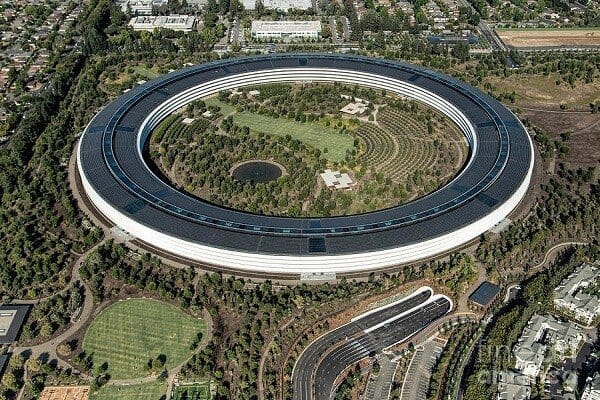Over the past few years, SpaceX has been on a mission to establish their Starlink constellation in low-earth orbit (LEO) with the ultimate goal of providing high-speed internet access all around the globe. This latest deployment is another significant step toward that goal. The company recently launched another batch of 21 Starlink satellites from Florida, effectively increasing their constellation’s size and coverage.
SpaceX is relying on integrating a fleet of small, interconnected satellites known as Starlinks to connect areas with poor internet access. The deployment schedule includes launching 12 missions, or more than 1,400 satellites in all, and taking advantage of their proximity to Earth to provide lower latency and improved speeds. Andréa Hüber de Campos, a spokesperson for the Anatel regulatory agency in Brazil, has indicated the following: “The current number of satellites and visual impact are still not significant.”
The launch of these new Starlink satellites, on a Falcon 9 rocket from the Kennedy Space Center in Florida, marks SpaceX’s success, not alone today but in general, in managing multiple projects. This successful launch aims to expand the Starlink coverage and make them accessible to more locations worldwide. These launches strengthen SpaceX’s position in space-based internet provision, taking into competition various other communications systems and providers.


